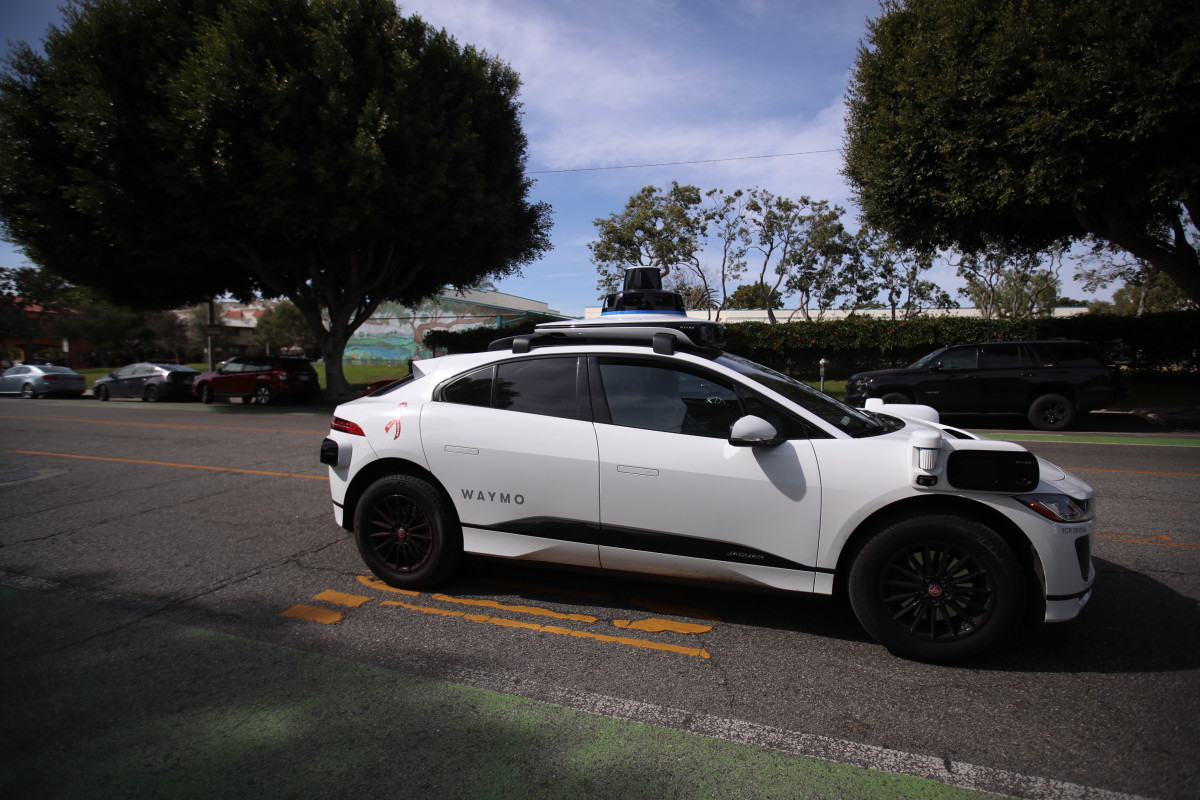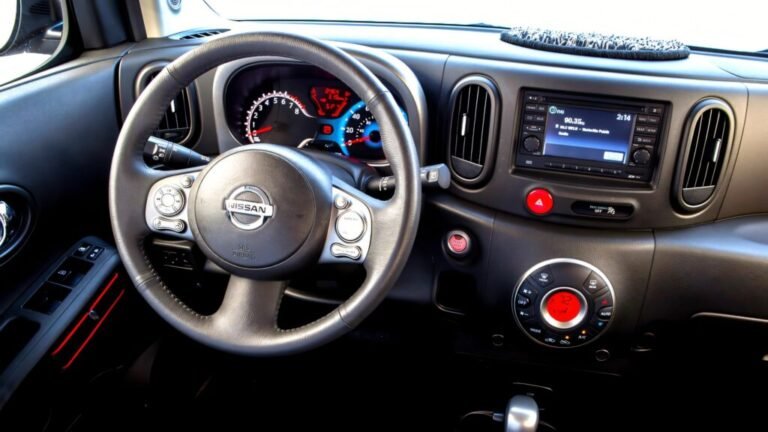
Uber U.K.’s self-driving fleet pushed back a year as lawmakers work on regulatory frameworks
Uber’s CEO has boldly declared that the company is ready to launch its U.K. self-driving fleet, but regulatory hurdles have caused the rideshare service to pump its brakes for now. In 2024, the U.K.’s Department of Transport said that the Automated Vehicles Act would allow autonomous cars to be on roads by 2026. However, current regulations require self-driving vehicles to have a human behind the wheel, and the deadline for details on how autonomous fleets can deploy has been pushed to 2027, Newsweek reports.
Last June’s general election in the U.K. led to a new government reviewing legislative frameworks on self-driving cars, influencing the change in launch timing. Andrew Macdonald, senior vice president of mobility at Uber, told the BBC: “We’re ready to launch robotaxis in the UK as soon as the regulatory environment is ready for us.”

Macdonald added that Uber is working with 18 automated vehicle tech companies, including Wayve, which is helping launch Nissan’s next-generation ProPILOT driver-assist system. In the U.S., Uber runs a self-driving fleet with Waymo, generally considered the world’s leading autonomous rideshare service, with plans to deploy thousands of electric ID. Buzz self-driving vans starting next year in Los Angeles. The U.K.’s Department of Transportation is working to release autonomous vehicle legislation in the second half of 2027 while exploring short-term trials and pilot programs for the tech, according to the BBC. While Macdonald noted that Uber is ready to launch its robotaxis in the U.K., he emphasized the brand’s commitment to safety by saying, “One accident is too many.” Waymo reported in late April that its autonomous fleet was involved in 81% fewer injury-causing crashes compared to a human benchmark over tens of millions of miles.
Autonomy expert highlights the hurdles governments and companies like Uber face with self-driving tech
Dr. Saber Fallah, a professor of safe artificial intelligence (AI) and autonomy at the University of Surrey, told Newsweek that the U.K.’s decision to delay regulatory frameworks for self-driving vehicles will help the public get on board with the tech that many still view as risky.
“While the maturity of certain technologies, such as those proposed by Uber, is advancing rapidly, readiness must be judged not just on how well the technology performs in ideal conditions, but also on how consistently and reliably it makes decisions in complex real-world environments. The fundamental challenge lies in bridging the gap between statistical learning and human-level reasoning. Current autonomous vehicle systems often lack the capacity to explain their decisions, adapt meaningfully to unique scenarios, or respond with the nuanced judgment that human drivers routinely demonstrate. True readiness requires systems that offer traceable reasoning, safety assurance, and hybrid validation under diverse conditions. Legally and ethically, certifying decision-making processes that remain unclear to regulators poses significant risks,” Fallah explained.
Fallah also cited infrastructure gaps, primarily in digital connectivity and scenario testing, as hindering the progress of autonomous cars. In other words, self-driving vehicles can still experience difficulty communicating with each other and the road infrastructure, and there are limited ways to test all the real-world scenarios the tech might face.

Final thoughts
While Fallah raises several valid points on the challenges of commercializing autonomous fleets, he also offers insight into how tech companies and government regulators can overcome these obstacles. Fallah views the key ingredients to self-driving cars’ success as emphasizing public assurance, regulation, AI transparency, and human oversight. This industry expert described the U.S. and China as placing less emphasis on assurance and regulation, but China has demonstrated a recent commitment to tighter regulations with actions like banning words like “smart” and “autonomous” from vehicle ads.

